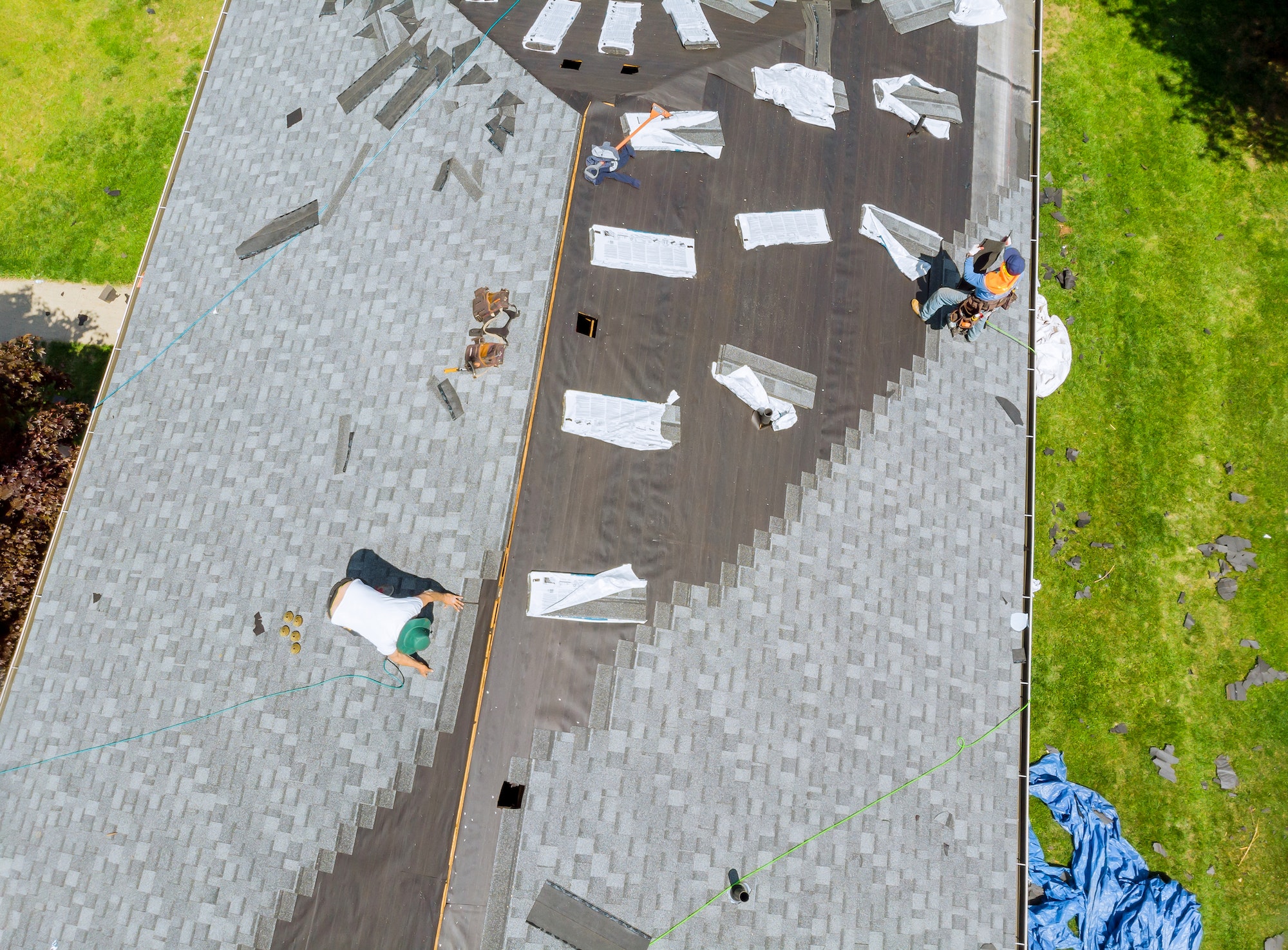Roof repairs can be a daunting task for any homeowner. It’s important to understand the basics of roof repair to keep your home safe and secure from water damage, mold, and other risks. But with the right knowledge and tools, you can make roof repairs easier than ever before! In this article, we’ll provide seven expert tips that will help you navigate through the process of repairing your roof so that you can save time and money while keeping your home in top shape. With these tips in hand, you’ll be able to tackle even the toughest roofs with confidence. So let’s get started!
1. Inspect Your Roof for Damage
Before you start any roof repair work, it’s important to inspect your roof thoroughly for signs of damage or wear and tear. Look for cracks, missing shingles, or other problems that could compromise the structural integrity of your roof. If you find any issues, contact a professional as soon as possible to assess the situation.
For example, if you have an asphalt shingle roof, inspect the seal between each shingle to make sure it’s still intact. If not, then you may need to replace the entire row of shingles.
2. Choose High-Quality Materials
When repairing your roof, it’s essential to use high-quality materials that are designed for long-term durability and performance. Look for materials that are specifically engineered for your climate, such as asphalt shingles or metal sheets that can withstand heavy rain or snowfall. Also, make sure to use only fasteners and adhesives that are approved for the materials you’re using. The average lifespan of a roof is 10-25 years, so it’s important to invest in materials that will last. Using low-quality materials can result in costly repairs down the road and could even void your manufacturer’s warranty.
3. Have a Plan of Action
Before you begin your roof repair project, it’s important to have a plan of action in place. Decide what needs to be done first, such as removing old shingles or repairing structural damage. Then, make sure you have all the necessary tools and materials that you’ll need for the job. With a plan in place, it will be easier to stay organized and complete each step of the repair process efficiently and effectively.
4. Take Safety Precautions

Safety should always be your top priority when working on any roof repair project. Wear protective gear, such as gloves, long pants, and sturdy shoes to avoid slipping or getting injured. Use a ladder and other safety equipment when necessary and never work alone.
On the other hand, never attempt any repairs if you’re not comfortable with the task or if the work needs to be done at a height. Contact a professional instead.
5. Check Your Work Regularly
It’s important to check your repair work regularly to ensure that everything is in good condition. Make sure all fasteners are secure, that all the materials are properly installed, and that there aren’t any signs of wear or tear. Regular maintenance and inspection can help you detect problems early on and avoid costly repairs in the future.
6. Clean Up After Yourself
When you’re done with your roof repair project, make sure to clean up your work area thoroughly. Remove all debris, such as nails and broken shingles, to prevent them from causing any further damage. Additionally, make sure that you dispose of your materials properly by following local disposal regulations.
7. Seal Your Work
Finally, it’s important to seal your work area after completing the roof repair project. This will protect against future damage, such as water seepage and moisture buildup. Use a sealant specifically designed for your type of roof to ensure the best results.
By following these seven expert tips, you can make roof repairs faster and easier than ever before. With the right knowledge and materials, you can keep your home safe and secure from any potential risks. Don’t forget to inspect your roof regularly and contact a professional if you need any help with the repair work. And most importantly, stay safe while you’re up on the roof!
Discover more from Futurist Architecture
Subscribe to get the latest posts sent to your email.

![modern apartment [article_title]](https://www.futuristarchitecture.com/wp-content/uploads/2025/03/8-Lit-Ideas-to-Light-Shelves-Like-a-Gallery-Star-900x600.jpg)

